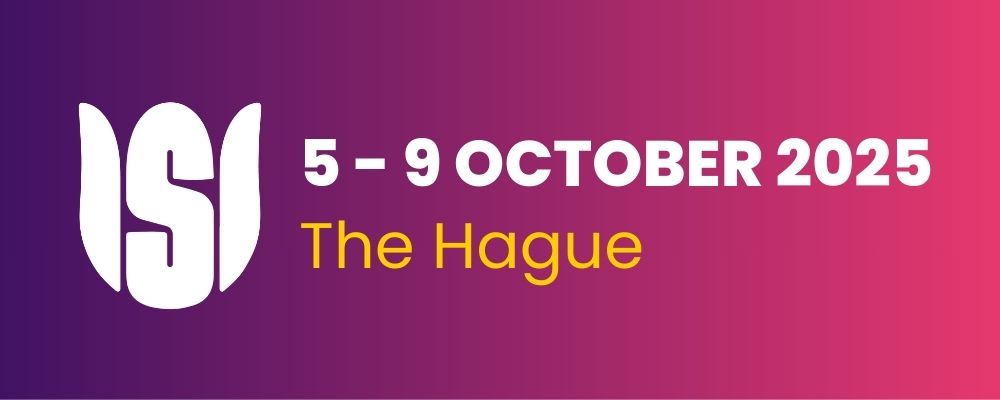Improving access to microdata for researchers
Abstract
Denmark has a long tradition for providing access to microdata for researchers. In the early 1980s the first onsite-access model (safe room) was established, and in the early 2000s a remote access model has been in place.
At present, there are more than 500 authorised institutions with more than 2000 projects and 4000 active users benefitting from the access. Most of these are researchers at universities, hospitals etc., but there are also users from ministries, think tanks, consultancies and companies.
Denmark’s Data Portal was introduces in 2022 as the latest improvement on data availability. The data portal offers access to almost 500 different data series on population, education, health, income, companies, employment and many other topics. Here, the users can apply for access, draft new projects (shopping bag for data needed), follow the approval process and manage exiting data projects. Moreover, the data portal offers the opportunity to perform a project on a high performance computing system, if needed.
The next step for Statistics Denmark will be to change the basic model for data access. The Danish Data Portal has constructed a solid basis for documentation of data access and control of data usage (including results taken out of the secure zone). Hence, we aim to allow for broader access, hence limiting the number of individual projects and decreasing the administrative tasks.
Moreover, we experience a stark increase in the need for combining our data with often very big external data, e.g. from the health sciences. With this in mind we are setting up a model for combing data across security zones, e.g. at a high performance computing facility. In this way, data will not need to be moved or copied, which improves security as well as costs.
In my presentation, I will describe the data portal as well as our ambitions for deregulating and providing access to broader projects. Finally, I will outline the ambition for combining data with large external data.
